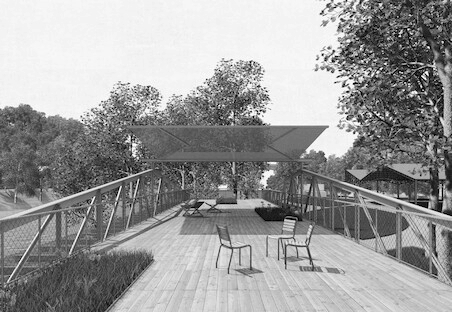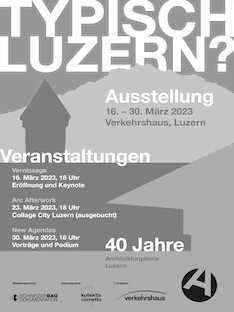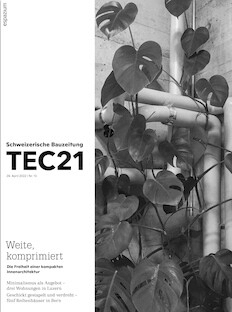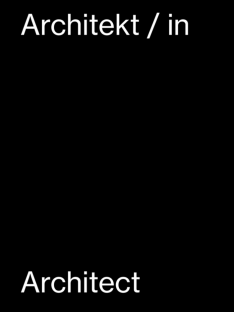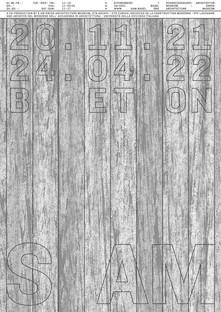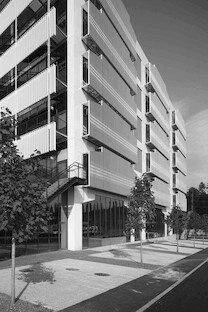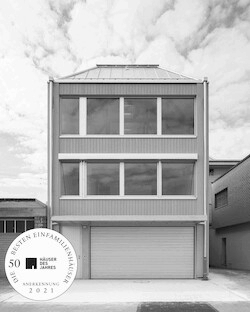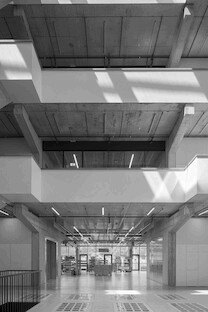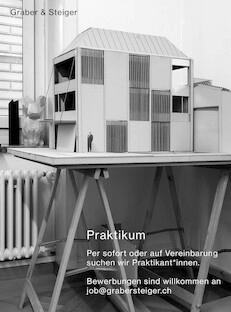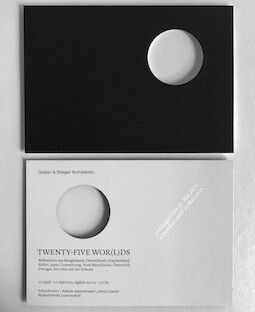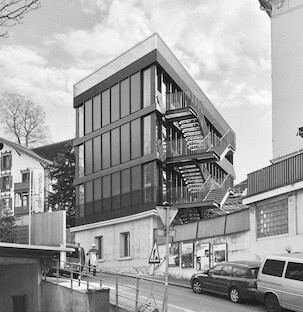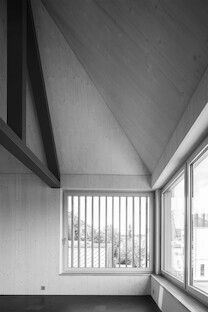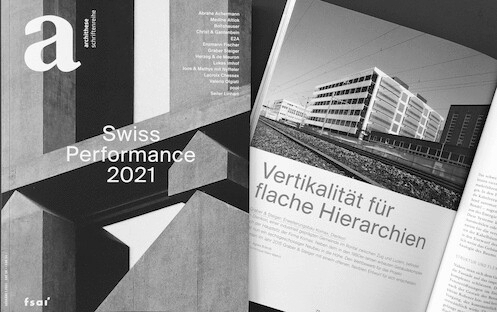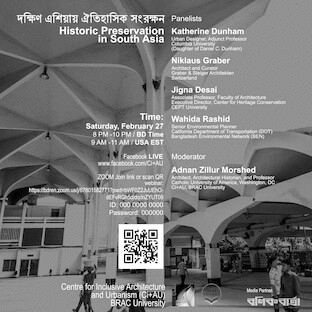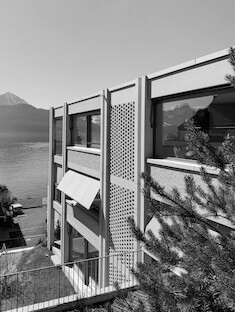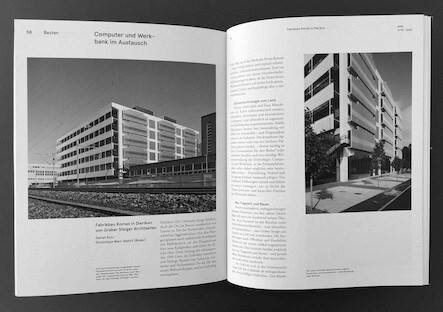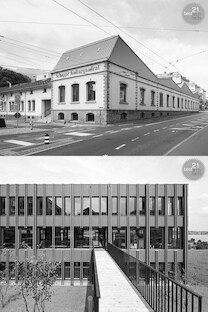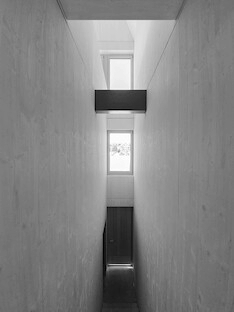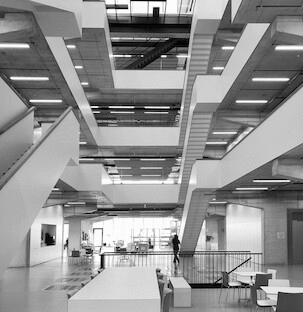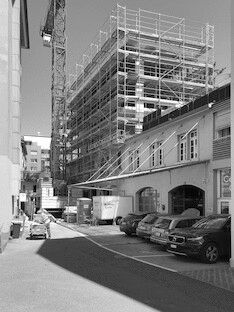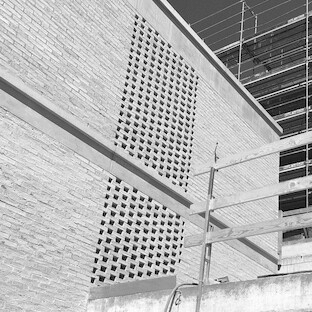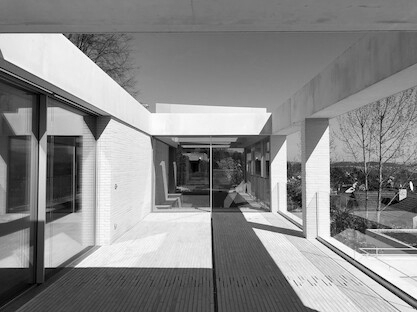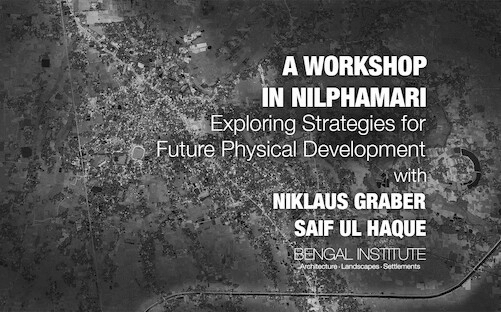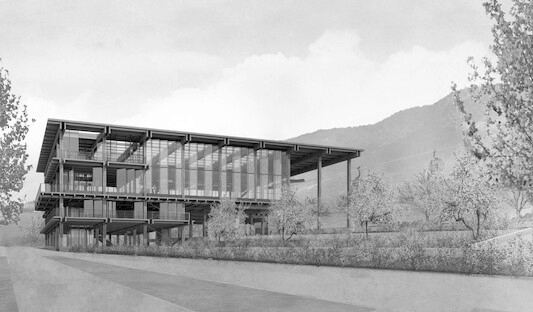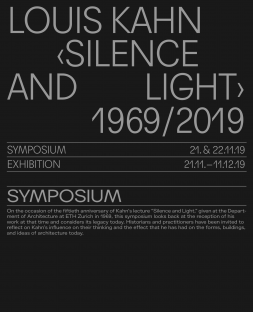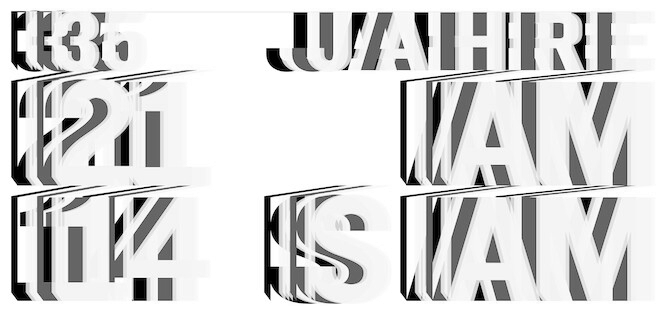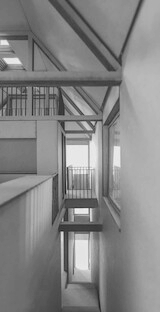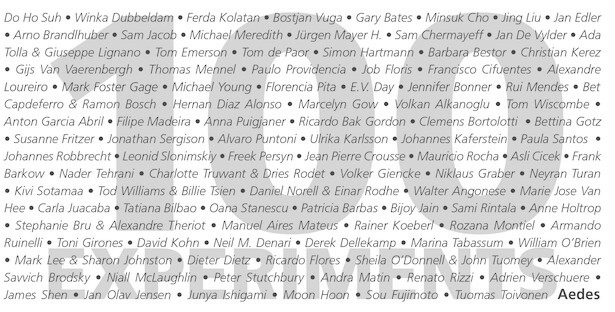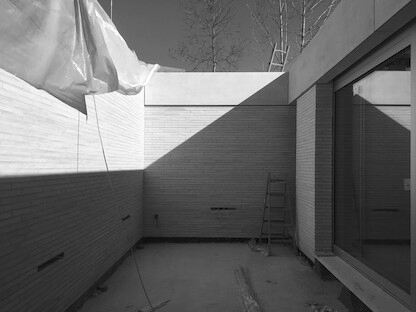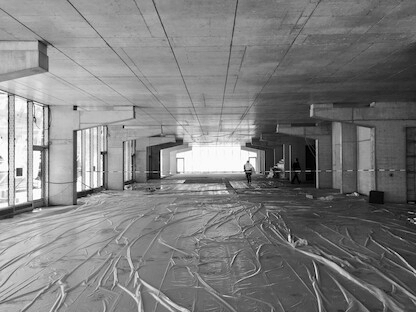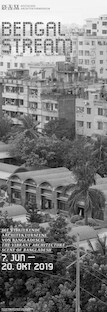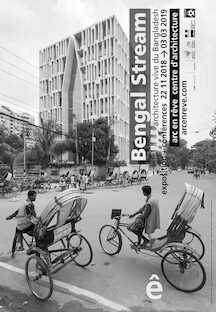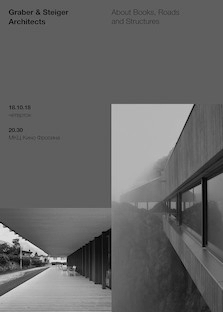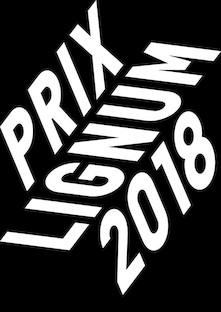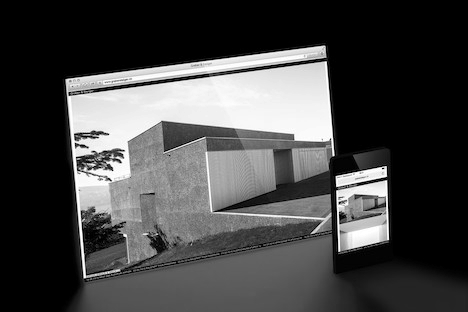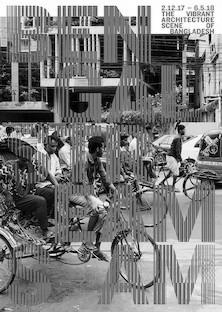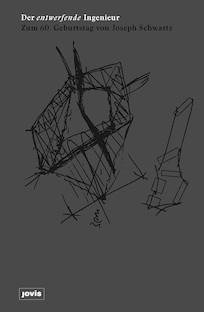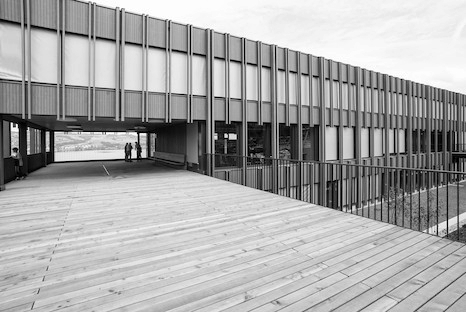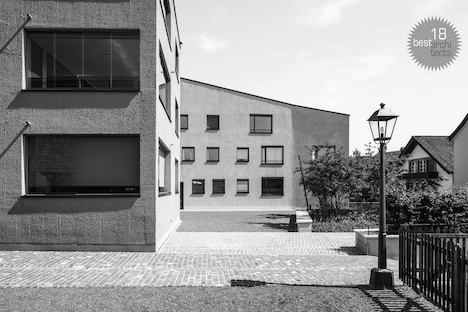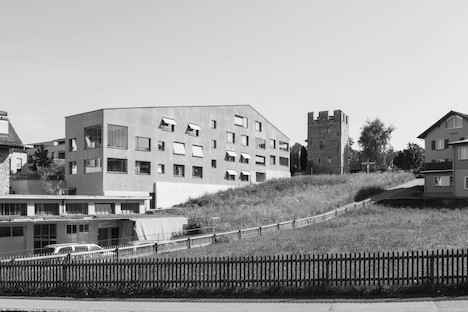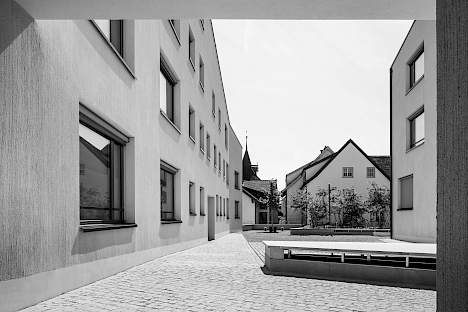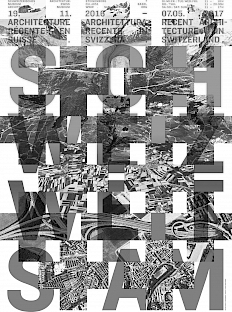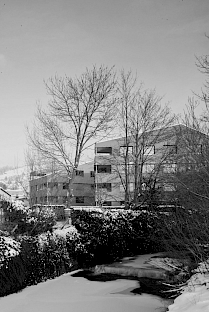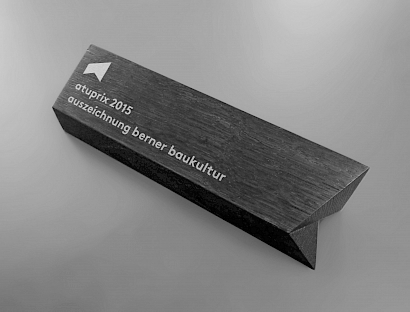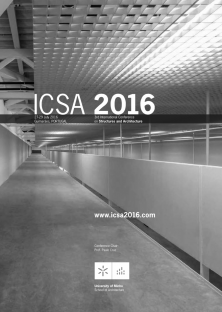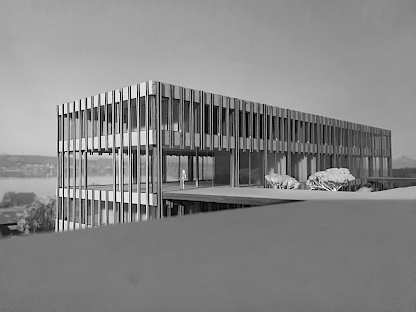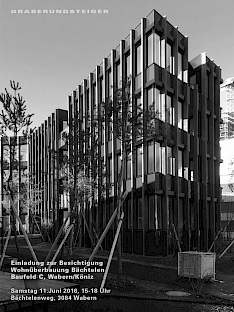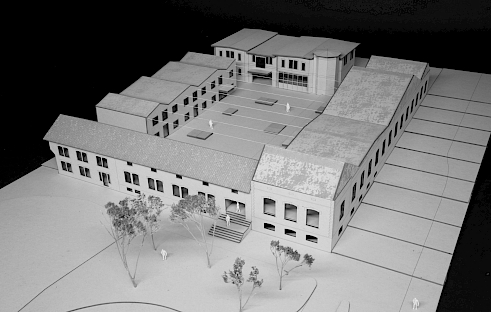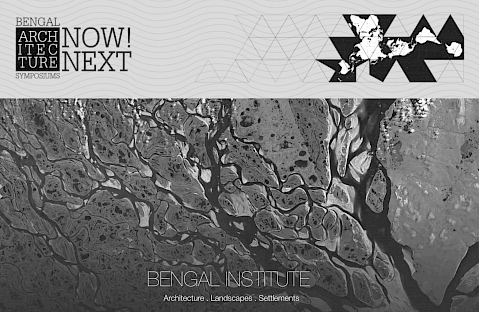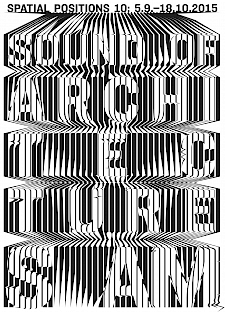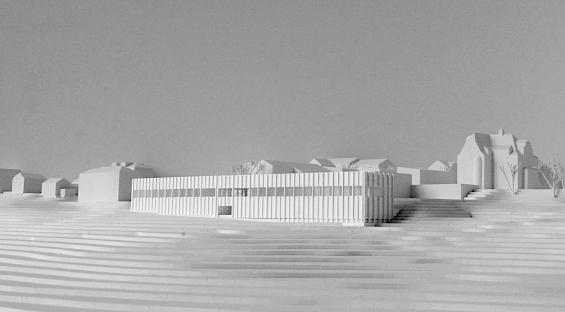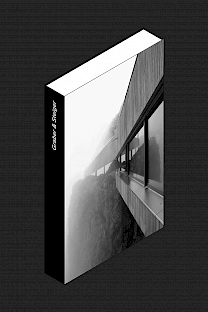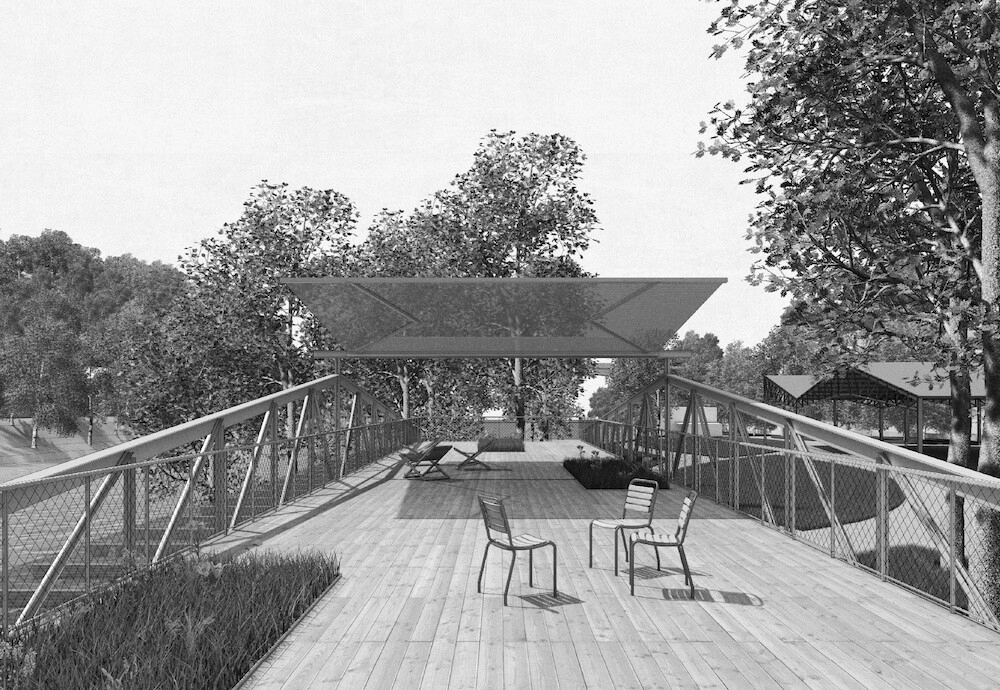- BuildingsMixed-Use Conversion Denkmalstrasse Lucerne
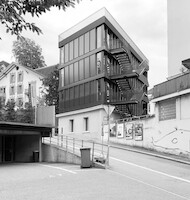
- Vertical Factory Komax AG
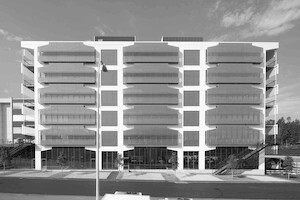
- Plant Manager's Home
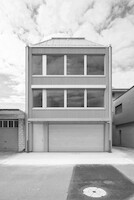
- Cultural youth centre Schappe Süd
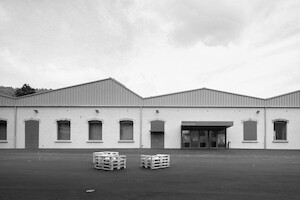
- Primary school
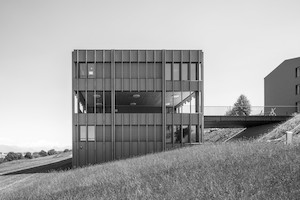
- Residential building Mühle
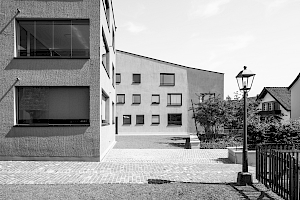
- Residential building in a tree grove
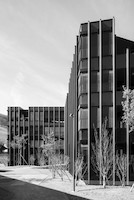
- Extension for the Thun Panorama
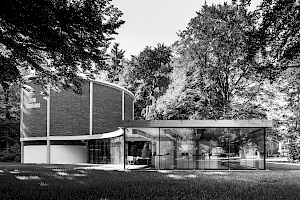
- Single-family home W
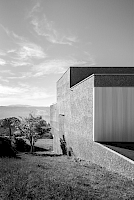
- New replacement building Bühlegg
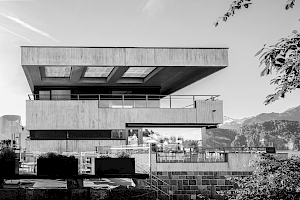
- Stahlton Bauteile AG office building
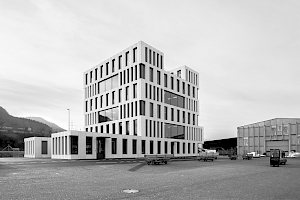
- AWZ housing
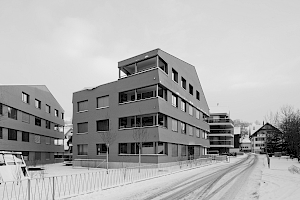
- Uri curative education centre
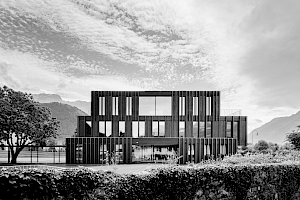
- Pilatus Kulm panorama gallery
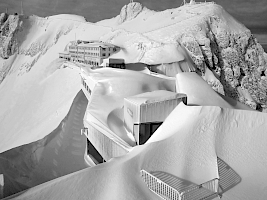
- Villa by Lake Zug
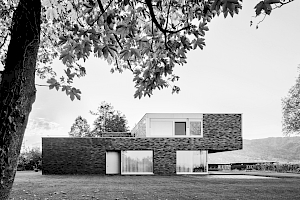
- Villa by Lake Lucerne
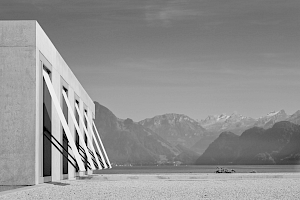
- Window factory extension
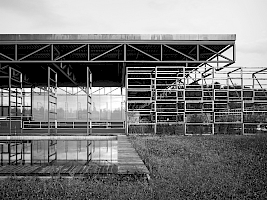
- Single-family house in Ermensee
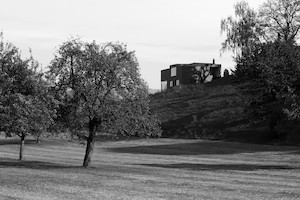
- Residential and commercial building
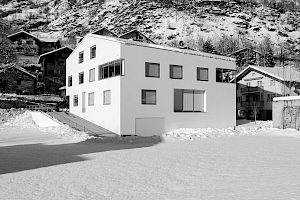
- Sports and multifunctional hall
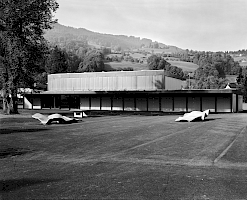
- Municipal centre / Raiffeisenbank
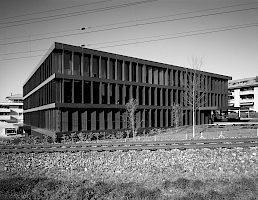
- Obermarch school centre
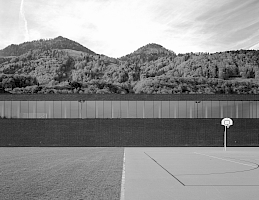
- Stucki single-family home
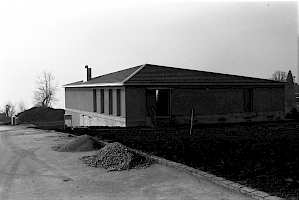
- ProjectsNew Lucerne Theater
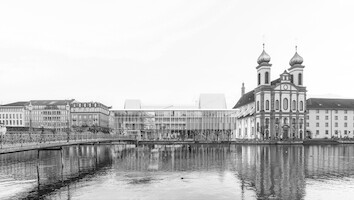
- «Paradies» residential buildings
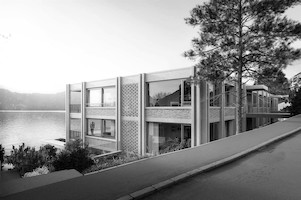
- Tivoli lake restaurant and yacht club
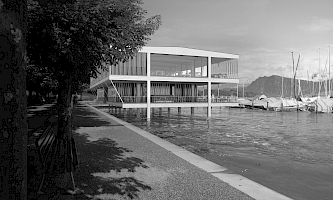
- Transportation headquarter
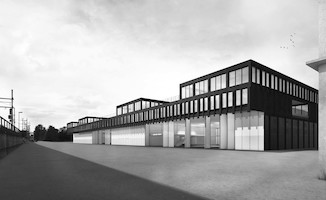
- Lakeside residence
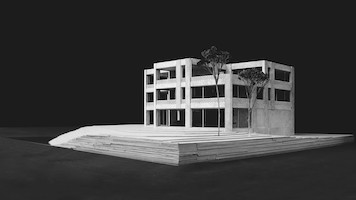
- Car park with exhibition hall
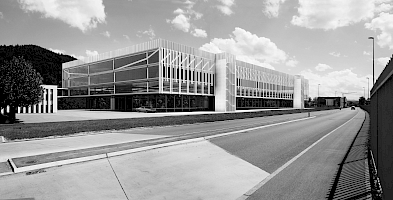
- Silo tower
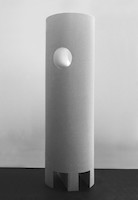
- Rowing centre Rotsee
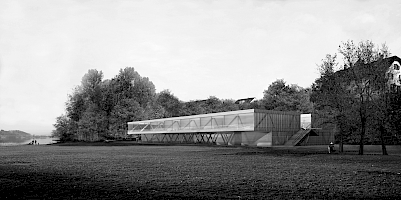
- Refuse incineration plant
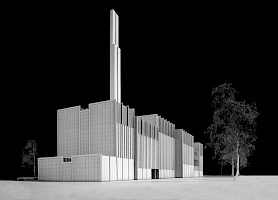
- Recycling centre
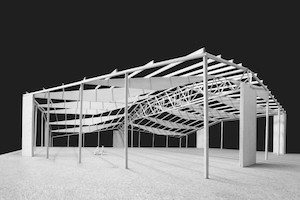
- Exhibition halls Allmend
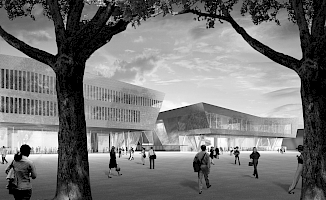
- Art Museum Schlossberg
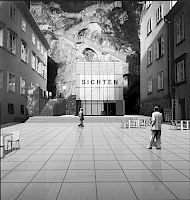
- Place of contemplation
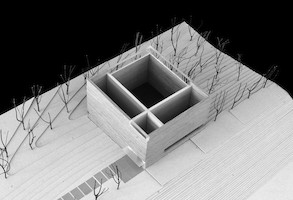
- PublicationsBuildings and Projects
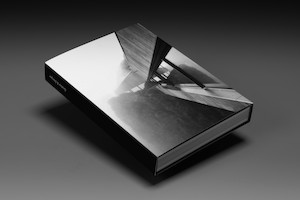
- Window factory extension
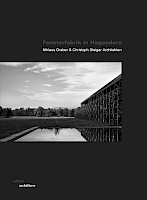
- Niklaus Graber & Christoph Steiger Anthologie Bd. 1
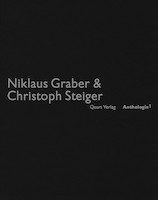
Buildings and Projects
| ISBN | 978-3-03761-098-5 |
| Publisher | Quart Publishers Ltd., Heinz Wirz, Lucerne |
| EDITORS | HUBERTUS ADAM, CYBU RICHLI, FABIENNE BURRI |
| TEXT CONTRIBUTIONS | HUBERTUS ADAM, BEAT AEBERHARD, ALBERTO ALESSI, DIETER GEISSBUEHLER, HELEN HIRSCH, TIBOR JOANELLY, STEFAN KOEPFLI, MARCO MEIER, KOTSCHA REIST & SIBYLLA WALPEN, JOSEPH SCHWARTZ, THOMAS STADELMANN, PHILIP URSPRUNG, DOMINIQUE MARC WEHRLI |
| PHOTOGRAPHY | DOMINIQUE MARC WEHRLI, HEINRICH HELFENSTEIN, ANDREA HELBLING |
| DESIGN | C2F, LUCERNE |
| Specifications | 416 pages, 20 x 28 cm 299 illustrations, 145 plans, hardcover, thread stitched (extra brochure with english extracts) |
For around two decades, the architectural duo of Niklaus Graber & Christoph Steiger from Lucerne have been continuously working on the design and construction of high quality buildings that can without doubt be regarded as an enrichment to Swiss building culture. Although the architects attempt to make their works generally understandable and give them a timeless legibility, when designing them they take the risk of fundamentally questioning the relevant task. That often leads to surprising interpretations and tailored solutions that reveal the specific characteristics of each project.
By now, their work includes private family homes and apartment buildings, as well as a considerable number of public buildings for educational, cultural, industrial and tourist purposes, which have attracted a great deal of attention on the specialist scene both in Switzerland and abroad. For instance the extension to a window factory in Hagendorn, the therapy centre for the Heilpädagogische Zentrum Uri and the panorama gallery on the peak of Mt. Pilatus have been awarded national and international architecture prizes.
This book is curated by Hubertus Adam. Hubertus Adam who sheds light on different aspects of the architectural approach of Niklaus Graber and Christoph Steiger.
